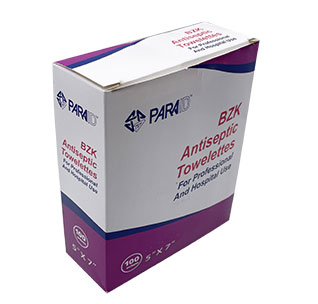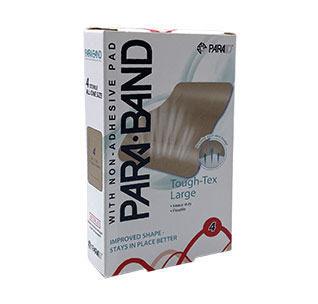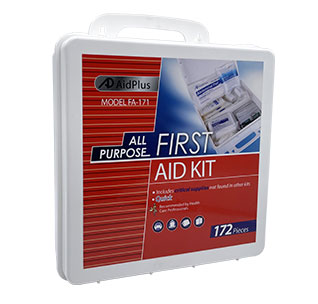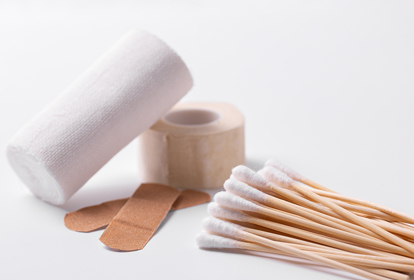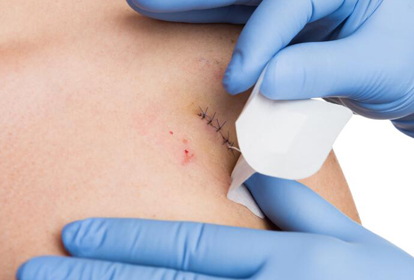The use of hydrogel dressings
Research reports and cases in the past 50 years have significantly improved the survival rate of patients in various burn emergency care, reduced complications, and improved the quality of post-injury recovery, including cosmetic improvements. Traditionally, pre-hospital burn emergency care includes cooling burns with water and covering the wound with appropriate dressings. In recent years, many studies published in emergency medical service institutions have shown the popularity of dressings as an emergency measure. For example, Allison's study (2002) showed that 39% of emergency medical services in the UK use hydrogel burn dressings as emergency cooling agents, and nearly 80% of the UK firefighting services use hydrogel burn dressings as dressings and cooling agents.
In addition, Cuttle et al.'s (2009) Australian study showed that 13% of pediatric patients received hydrogel dressing burn emergency care through emergency medical services, and Hyland et al. (2013) found that more than 50% of the 455 surveyed patients received non-professional emergency care using hydrogel products. Compared with the problems of temporary cooling with water during transportation of patients, using hydrogel dressings for burn emergency care can be easily applied in practical scenarios, helping medical personnel to quickly complete on-site emergency work, and ultimately conducting more precise treatment in the emergency room.
Application of hydrogel dressings on burn patients
Hydrogel dressings directly transfer the heat energy from the wound to the gel layer through thermal conduction. The heat diffusion on the surface of the hydrogel increases the heat transfer outward. The "buffering" effect of the gel layer allows for faster and more effective removal of heat directly from the burn wound, while reducing heat loss of adjacent tissues. This greatly reduces the temperature of the tissue under the burn wound, inhibits the spread of burns to the tissue, reduces tissue damage, and relieves wound pain.
An organization once conducted a series of temperature measurements on burn patients using hydrogel dressings, and the observation results showed that the use of hydrogel dressings gradually lowers the body temperature of burn patients, with the highest temperature reaching 36.6℃. The same observation results also apply to conditions where the rescue blanket covers a large area of the body, and these patients did not experience low body temperature. Another indisputable advantage of hydrogel dressings is their long storage period and wide storage temperature range (can be stored at -5 to +35℃), making them suitable for equipping ambulances with these dressings.
Currently, hydrogel dressing uses have become a widely used burn emergency method in the United States, Asia, Europe, the UK, Australia, Canada, and many other regions, which can be used to treat burns of various sizes and depths. In addition to civilian emergency care, hydrogel dressings are also popular in military emergency care.
 English
English
